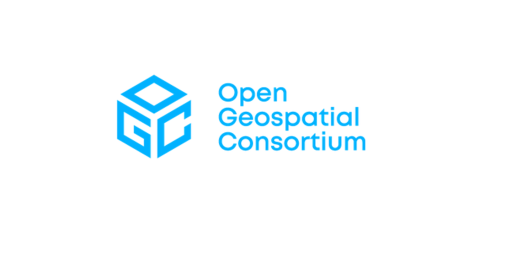
Geonovum sees the web as an important dissemination channel and wants geospatial data to be accessible to web developers with no specific geospatial expertise. That’s why Geonovum is organising a Testbed to explore the possibilities of making spatial data a useful, integral and common part of the web. April 18, we will publish a new Call for tender for the Testbed Spatial Data on the Web. Deadline for proposals is May 2.
Until now, the testbed research has focused on spatial data usability on the web for users and accessibility for machines (like web crawlers). But we also want to know how the findings of the testbed relate to the reality of data owners. Are the recommended ways of publishing easy to realise for the average governmental (open) data publisher? What are the costs involved? Is specialist knowledge required? Is there a steep learning curve? Also, we want to validate the resulting lessons learneds with more data users. Are the recommended ways of publication really easy to use for data users, who want to use the data somehow in a website or app? And is this data easy to be found, even if you don’t know your way around geospatial data portals?
Results from previous tender
Together with the new tender, the results from Testbed topics #2, #3 and #4 will be published by Geonovum as a consolidated ‘lessons learned’ for publishing spatial data on the web. These lessons learned are input for the next phase of the testbed. The goal is to validate and improve these lessons learned by testing them in practice.
Testing Data publication and Data use
In the next part of the testbed the Lessons Learned will be tested and improved by a small number of parties who are each granted a sum to work on spatial data publication, i.e. publishing spatial data in line with the lessons learned, or spatial data use, i.e. using that data in online applications. Datasets will be provided. The parties working on spatial data publication will start in May. After a month or so, the spatial data use parties will get to work on their applications, using the data created by the others in the testbed.





